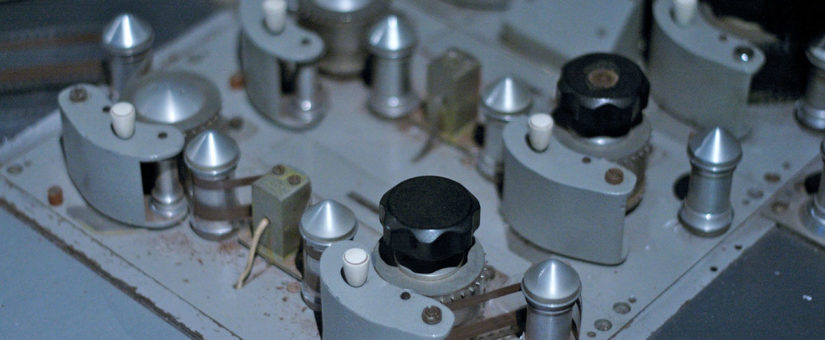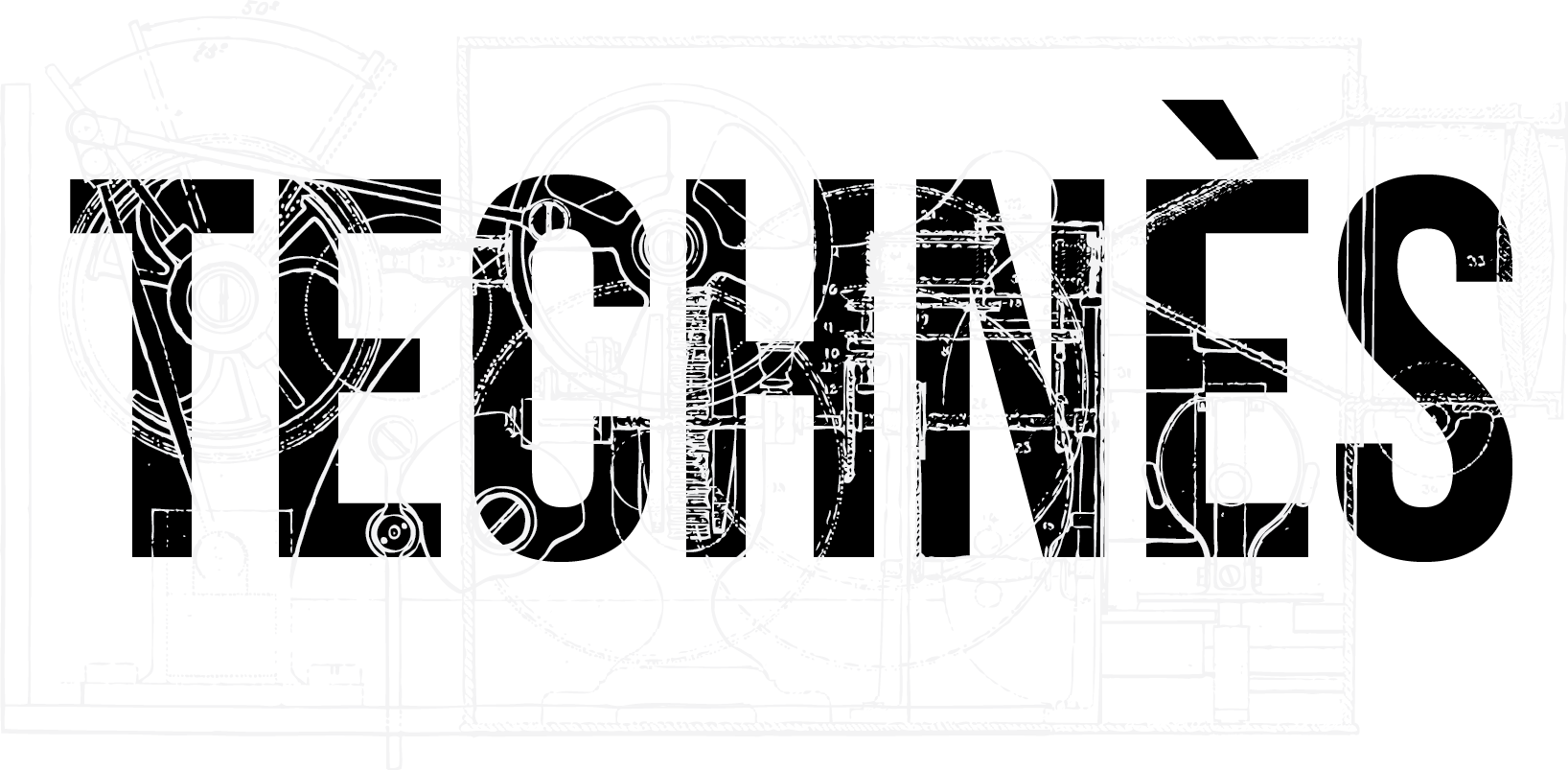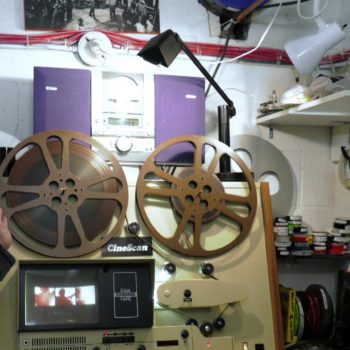
Call for papers – The Emergence of the Concept “Editing”: Its Sources, Development and Migrations
- On 1 October 2019
CALL FOR PAPERS
The Histoire et esthétique du cinéma section of the Université de Lausanne and the Programme de recherche sur l’archéologie et la généalogie du montage/editing(PRAGM/e) of the Université de Montréal invite you to submit a proposal for an international conference
The Emergence of the Concept “Editing”:
Its Sources, Development and Migrations
Université de Lausanne, Switzerland
11 – 13 November 2019
Conveners: Faye Corthésy, André Gaudreault, Santiago Hidalgo,
Laurent Le Forestier and Andréane Morin-Simard
Editing – which is seen as havingrapidly transformed cinema’s possibilities by enabling it toproduce complex discourses and perceptual experiences – is often seen as what best distinguishes cinema from other arts and media, to the point that it has been said that it is “cinema’s only invention”.[1]As editing practices developed, various terms and concepts appeared in order to describe and define editing on technical, critical, theoretical and other levels. The emergence of these terms and concepts took place in a multitude of contexts (journalism, the film industry, the general public, academic circles, etc.) and in different countries (France, the United States, England, Russia, Germany, Italy, Sweden, Denmark, etc.), a phenomenon which has been played out over and over again, from the appearance of video editing to digital editing, by way of Internet platforms, video games, etc.
The goal of this conference is to reflect on the transnational emergence of the concept editing by exploring the processes by which the practice and ideaof editing ended up giving rise to the concept editing.[2]Proposals can take the form of a historiographical vision of the development of editing (from the ideas which preceded cinema and the earliest intuitive practicesto explicitly conceptual discourses)or can adopt a more theoretical perspective, with the goal of describing the processes by which all of the terms pertaining to editing have contributed to defining other visual media (video games, television, graphic novels, etc.).
We encourage researchers to propose presentations in keeping with one of the following themes:
The “idea” of editing
- Study of the discourses, behaviour and techniques associated with a variety of visual media which demonstrate, even before editing was conceptualised, an awareness and understanding of its effects; that comparable practices existed but may have had other names; and that other uses of the term editing and the idea of editing existed. One could also examine forms of bringing together, comparing, contrasting, etc. in other cultural practices which may be related to earlier forms of editing than that found in the cinema;
- Study of the semantic fields around editing (for example, its technical and aesthetic vocabulary) found in a particular language or medium.
The “practice” of film editing
- Study of theoperations and terms associated with an implicitconceptualisation of editing;
- Study of the rise of practical editingterminology;
- Connecting the appearance of new editing techniques and newdiscourses;
- Study of thediscourses (industrial, journalistic, etc.) which served as the basis for elaborating the concept editing.
The “concept” editing
- Study of the writings of filmmakers and theorists from the 1910s and 20s until today;
- Study of theterms employed in different languages to describe editing (such as “montage”, “découpage”, “plan”, “cutting”, “editing”, “Einstellung”, etc.) and their history;
- Study of thelinguistic exchanges between various countries on the topic of editing;
- Study of therelations between the film industry and other discursive communities (for example the specialised press).
Editing in other media
- Study of the appropriation of cinema’s visualtechniques by other media;
- Study of the adoption of cinematic terms and concepts for the definition of the aesthetic and/or theorisation of the effects of other media;
- Analysis of the discourse of the general public (in newspapers andmagazines and on-line) accompanying the emergence of these new media;
- Study of the creation ofsemantic fields distinct from those of cinema which seek to express the specificity of other media
DETAILS:
Presentations: individual or joint talks of 20 minutes in length, in English or French (if possible with a bilingual Power Point/Keynote presentation).
Proposals: approximately 300 words, in English or French. Please also include the following information:
- Name(s) of the presenter(s)
- Institutional affiliation(s) (if applicable)
Please send your proposal to andreane.morin-simard@umontreal.cano later than Friday14 June 2019.
Publication: participants will be invited to submit a text for an edited volume with a review committee in the Amsterdam University Press “Cinema and Technology” series (https://www.aup.nl/en/series/cinema-and-technology).
[1]Jacques Aumont, Montage, trans. Timothy Barnard (Montreal: caboose, 2013).
[2]Dominique Chateau, L’invention du concept de montage: Lev Kouléchov, théoricien du cinéma (Paris: Amandier/Archimbaud, 2013).


